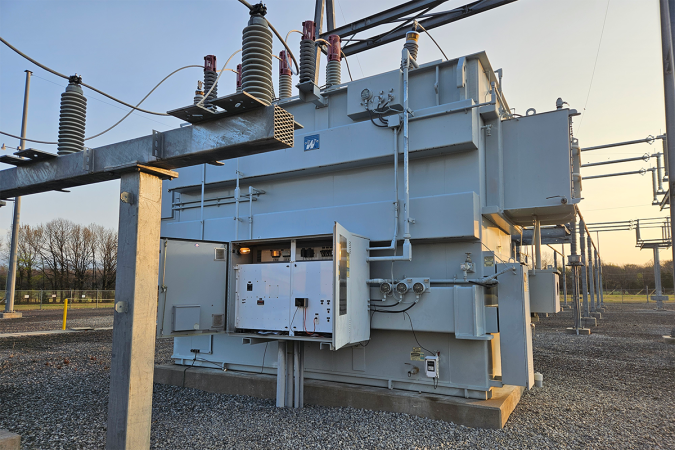KAMO Power primarily uses manual sampling and outside labs for dissolved gas and moisture monitoring for its transformer fleet. This process is performed at least once a year, depending on the criticality of the transformer and its DGA history. The breadth of the KAMO territory, however, often requires taking two technicians off regular work to pull samples, not to mention allocating resources for the testing, including aggregating the DGA data results and the interpretation processes.
KAMO wanted to reduce this cost while improving confidence in the interpretation of the DGA monitoring data. This need for actionable insights was especially pronounced when an 84 MVA Waukesha began showing a concerning gassing trend in July of 2022 as the acetylene content increased from 0 ppm to 1.2 ppm. Up until this point, there had been no acetylene detected in annual DGA lab tests since the transformer had been placed in service. As an immediate response, per the lab recommendations, KAMO maintenance team increased the manual lab sampling frequency to every two weeks. After only a month, with two more samples pulled and tested, the DGA results indicated the acetylene had increased to 3.7 ppm.
In these situations where a potential transformer fault needed to be more closely monitored and the data more carefully analyzed because repair/outage decisions had to be made, KAMO realized that it could use a combination of multi-gas online DGA monitors and single gas and moisture monitors to replace more costly manual sampling.
To access the full customer story and learn how KAMO integrated these DGA solutions into its standard lab sampling operations, and how it improved operational effectiveness and proved out the concept for further implementation and roll out, please fill the form to the right.
